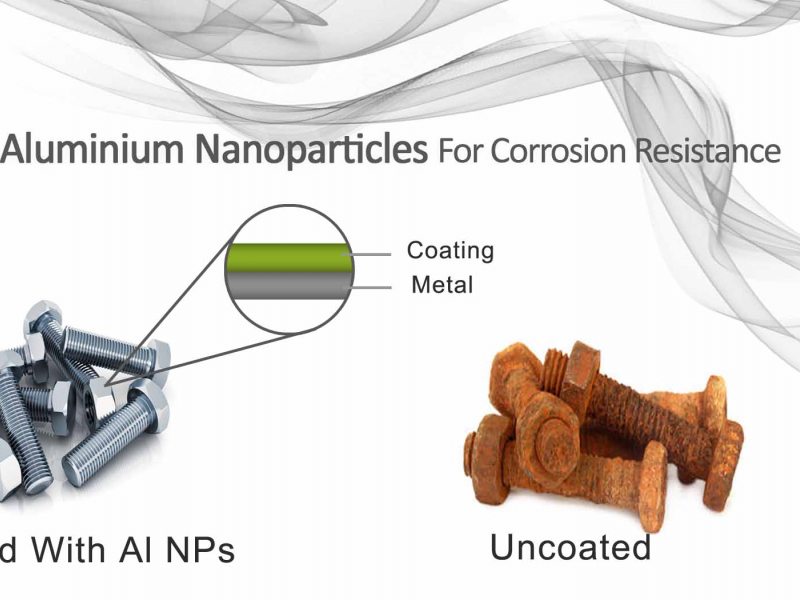
Today, the development of synthesis methods for the production of nanofibers, nanowires, nanotubes, nanosheets has made it possible to manufacture materials with new microstructural characteristics for various applications. Especially important for the production of adsorbents and catalysts is the specific shape of particles creating a rigid space structure with an open pore system and large specific surface area. During recent years, nanostructured sorbents have been the object of active research, namely the products of aluminium nanomaterial powder hydrolysis produced by the Electric Explosion of Wire (EEW) method.
There has been developed a method of producing nanostructured particles of aluminium oxide-hydroxide by the hydrolysis of electroexplosive powders using an alumonitride compound of Al/AlN composition [1]. Alumonitride compound nanoparticles consist of an aluminium nucleus covered by a layer of aluminium nitride. Aluminium nitride begins to react with water across all nanoparticle surface. As the thickness of hydrolysis products layer reaches 5-10 nm, it peels off the particle in the form of nanosheets, probably due to the thermal stress between the hydrolysis products and the source particle material. Nanosheets are partially interconnected and form a bulky loose agglomerate around the reacting nanoparticle. As the reaction gets deeper, the size of the source particle decreases and the density of the agglomerate grows due to the formation of new nanosheets, which makes it difficult to discover the remnants of source particles by electron microscopy (Fig. 1), [2]. The resulting nanosheets have folded structure, and there are agglomerated porous nanostructured particles of aluminium oxide-hydroxide of 0.5-3.0 μm in size (Fig. 2).
Fig. 1. View of alumonitride compound particles with Al concentration of about 60% of weight intermediate hydrolysis products (b), and nanostructured hydrolysis products of nanomaterial powder (c)
X-ray phase analysis has shown that Al/AlN hydrolysis products, depending on the reaction conditions, are a mixture of AlOOH and Al(OH)3 phases in various ratios. The calcination of resulting products at 450 оС leads to the formation of γ-Al2O3 phase accompanied by the increase of the specific surface to 450 m2/g. The zeta potential of nanofibers in distilled water is about 40 mV [3].
Co-synthesis of nanosheets and particles of colloidal silver allowed the impregnation of nanostructured aluminium oxide-hydroxide with silver particles (Fig. 3).
Nanosheets can be of interest as catalyst carriers, modifiers of polymer materials, sorption media, etc.
Fig. 2. Particles of aluminium oxide-hydroxide
Fig. 3. Nanostructured aluminium oxide-hydroxide particle impregnated with colloidal silver particles (one of the silver particles is indicated with an arrow)
REFERENCES
1. Russian Federation Patent No. 2328447. Method of production of aluminium oxide-hydroxide phases nanofibers / Lerner M. I., Davydovich V. I., Svarovskaya N. V., Glazkova E. A.
2. Lerner M. I., Svarovskaya N. V., Glazkova E. A., Lozhkomoev A. S., Bakina O. V. About the mechanism of aluminium oxide-hydroxide nanofibers formation from electroexplosive nanomaterial powder of alumonitride compound // 3rd All-Russian Nanomaterials Conference. NANO-2009. Theses of reports. – Yekaterinburg, 2009. – P. 644 – 645.
3. Lozhkomoev A. S. The role of aluminium oxide-hydroxide zeta potential in MS2 bacteriophage adsorption. // Prospective materials. 2009. No. 1. – P. 39-42.
